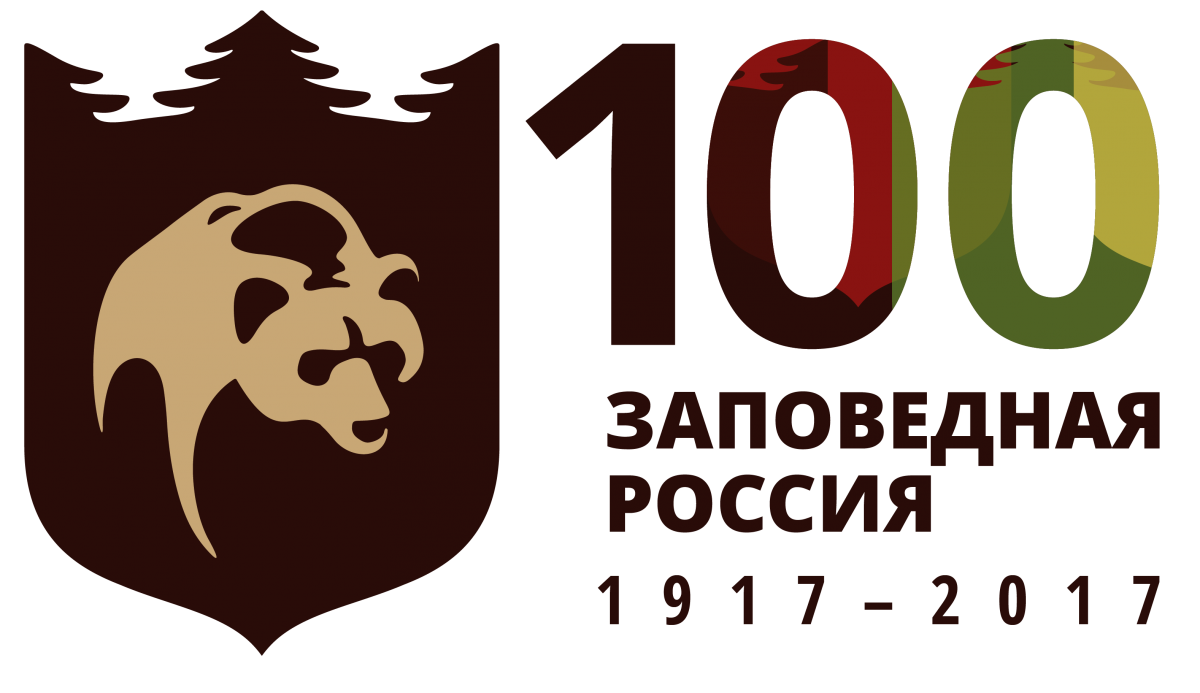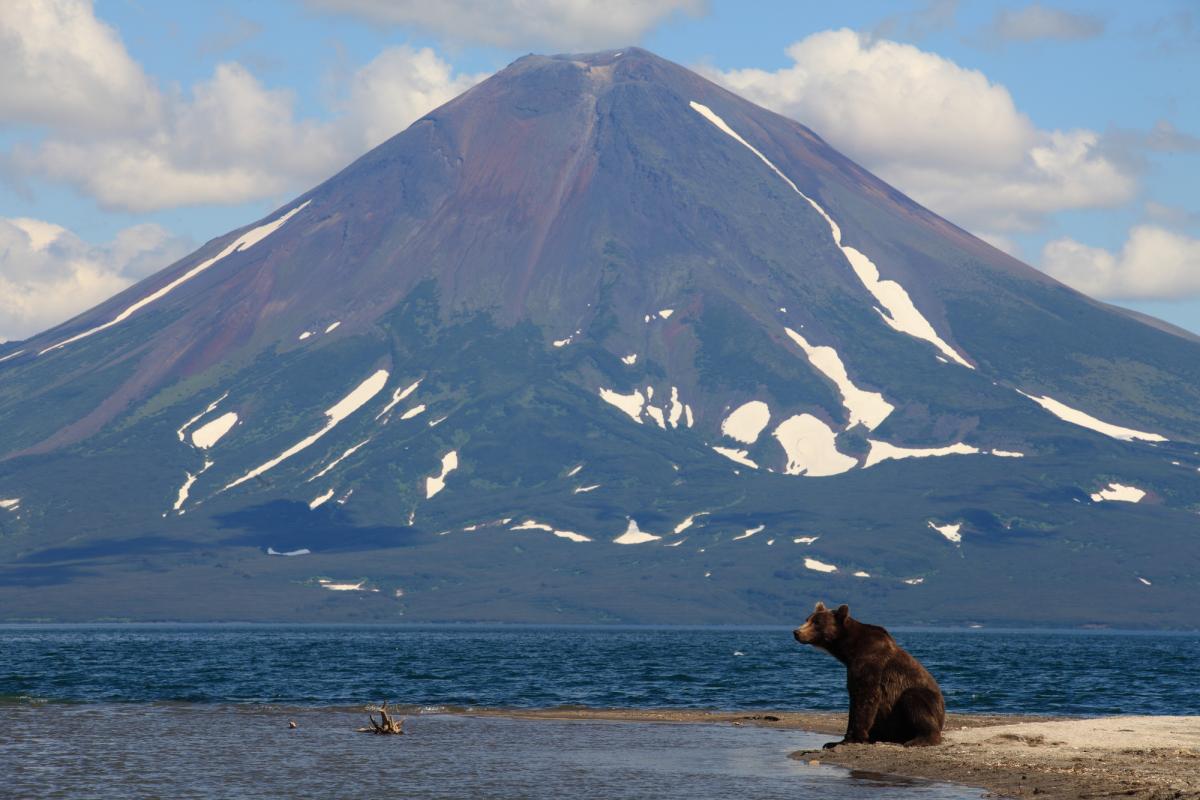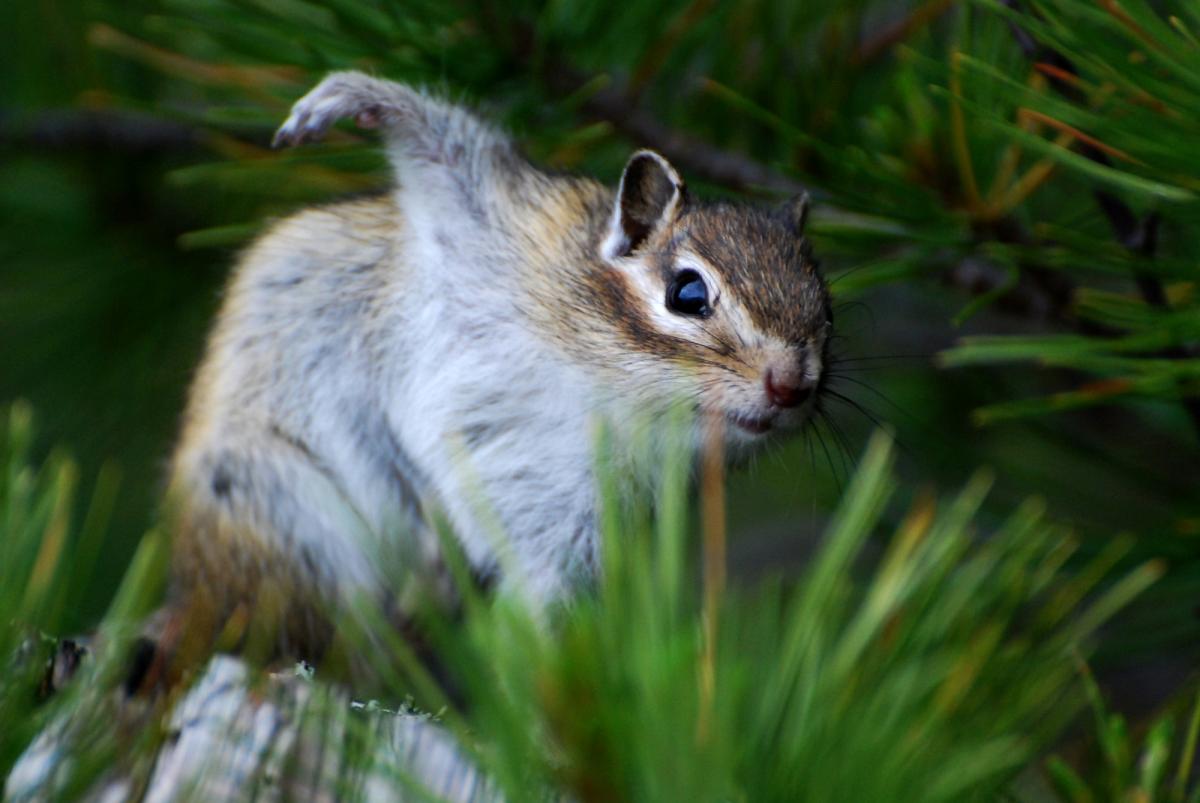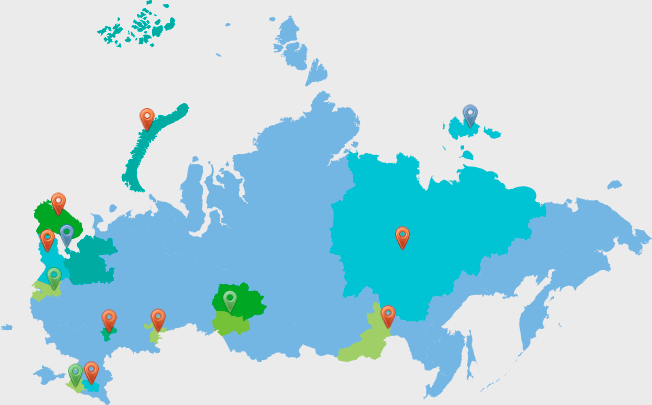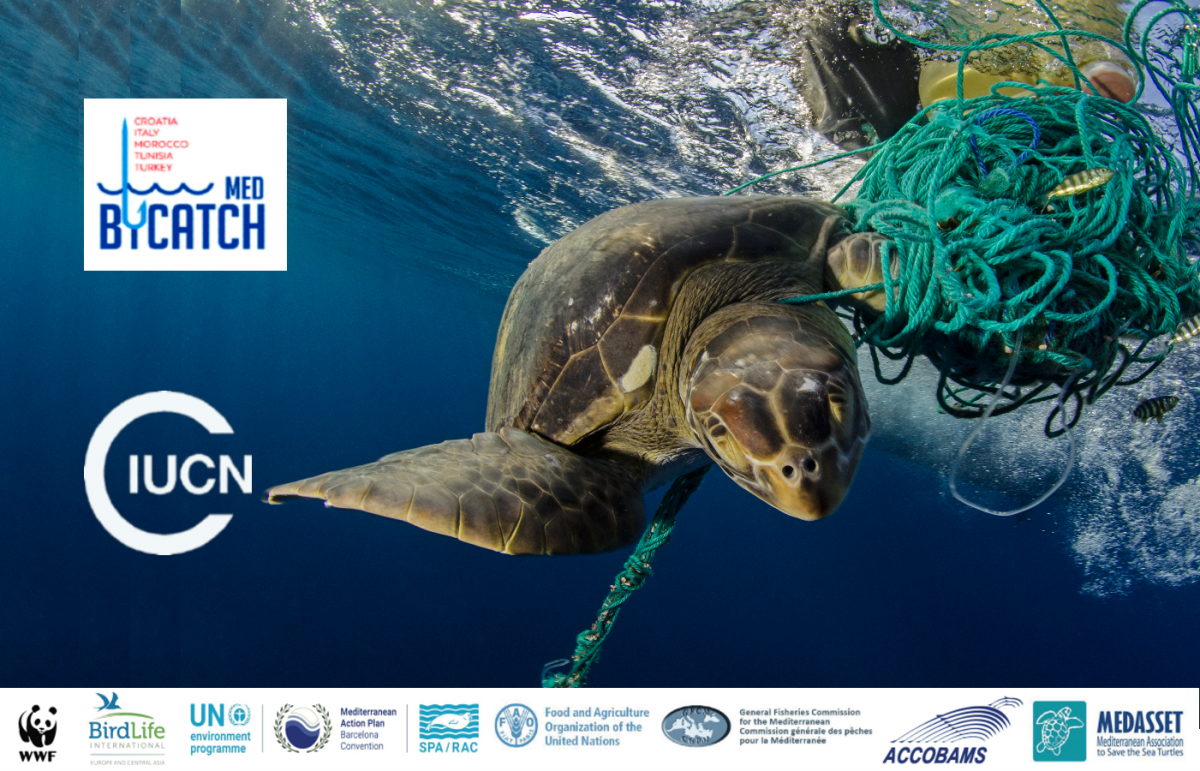IUCN commends Russia on the centenary of its ‘zapovedniks’
IUCN President, Mr. Zhang Xinsheng commended Russia on its efforts to conserve its exceptional biodiversity at the recent protected area forum in Sochi, Russia to mark the centenary of the opening of Russia’s first strict nature reserve, Barguzinsky zapovednik.
The forum took place from 28 September to 2 October in the frame of the Year of Ecology and Protected Areas, declared by the government of the Russian Federation to highlight the importance of environmental protection in the country and to announce numerous initiatives taking place across the country, under the realm of sustainable development.
In his keynote address at the national forum in Sochi, IUCN President Mr. Zhang Xinsheng congratulated Russia, an IUCN State Member since 1991, on its efforts to establish, maintain and steadily increase the number of protected areas in the country. “Protected areas are one of the best investments for our planet’s and our own future,” he said, recalling The Promise of Sydney, the outcome of the IUCN World Parks Congress 2014 in Sydney, Australia. “According to the latest Protected Planet Report released by the UNEP World Conservation Monitoring Centre and IUCN, fewer than 15% of the world's terrestrial and inland waters, 16% of the coastal and marine areas within national jurisdiction, and approximately 6% of the global ocean are covered by protected areas. This is barely sufficient if the very foundation of our prosperity is to be preserved,” stressed Mr. Zhang.
The first protected area, Barguzinsky zapovednik, was created in Russia in December 1916. Although the creation of zapovedniks was based on the concept of North American national parks, Russia decided to adopt a rather distinct approach. Instead of allowing human enjoyment, nature sanctuaries were established with the aim to strictly protect nature from any human disturbance. In this respect zapovedniks, of which there are 103 in Russia, correspond to IUCN Categories Ia and Ib ‘where human visitation, use and impacts are strictly controlled and limited to ensure protection of the conservation values’. In addition there are around 50 national parks where tourism and recreation activities are allowed (IUCN Category II or V). The lowest form of protection goes to ‘zakazniks’ which are treated as state game reserves and are managed according to the specific profile of the sanctuary (IUCN Category IV). The system of protected areas in Russia also includes 11 natural World Heritage sites.
Russia has set out to enlarge its protected areas to 18% of state territory in the coming eight years. Going forward, IUCN will continue to assist and work with the Russian government, civil society and experts to contribute to Aichi Target 11, develop capacity for effective management of protected areas in the face of climate change through provision of ecosystem services and community benefits. There is a great deal of potential for adapting different models of governance through the application of key emerging global standards such as the IUCN Green List of Protected and Conserved Areas to improve the contribution that equitably governed and effectively managed protected areas make to sustainable development.
